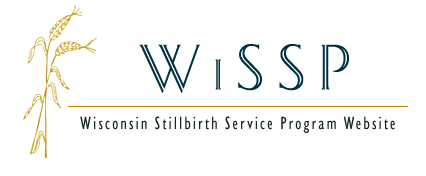There are a number of reasons to etiologically evaluate stillborn infants. Most importantly, such assessment can help answer the questions, "Why did this happen?" and "Will this happen again?" Answers not only can help parents work through their grief, they can provide important information relevant to future reproductive decision making. Some diagnoses will directly affect prenatal diagnostic options, guide prenatal and perinatal management, as well as provide help in anticipating potential neonatal problems in subsequent infants. As professionals who care about the physical and emotional health of their patients and can empathize with such a tragic loss, physicians, nurses, and counselors, too, can benefit from understanding why a baby has died and, at the same time, provide an important service.
With WiSSP's guidance, physicians and nurses can follow through with comprehensive etiologic investigation of stillborn infants:
• Justification of the WiSSP Protocol
provides data about the utility of an established protocol in stillbirth assessment• The WiSSP Protocol
provides specific step-by-step- instructions and algorithms for evaluating stillborns and guidance for insuring that families are counseled appropriately• Commonly Asked Questions
answers questions regarding stillbirth evaluation that often arise• WiSSP Scientific Publication Abstracts
summarize WiSSP's experience as a community-based, University-supported stillbirth assessment service, findings about causes of intrauterine death, and information about selected processes.
Return to protocol cover page.

